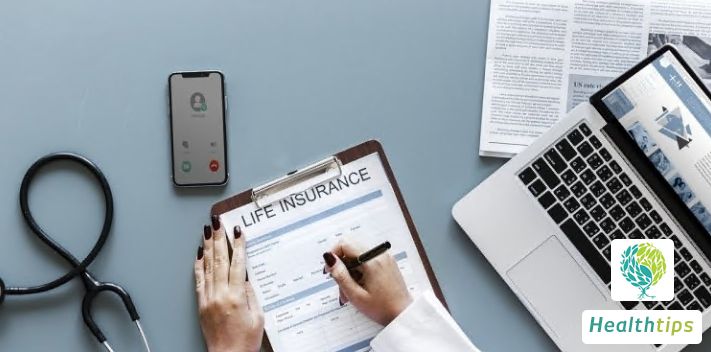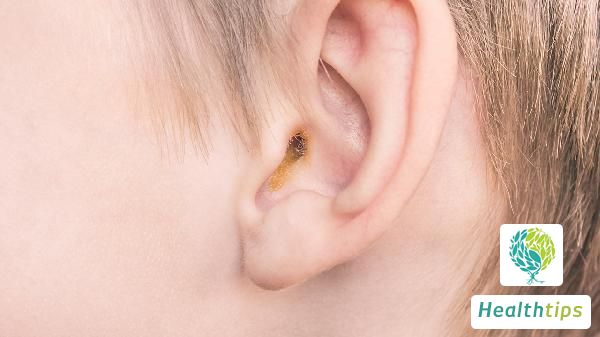"Where Are the Three Common Areas Women Experience Itching with HPV?"
Female HPV Infection May Cause Itching in Three Areas

Female HPV infection can potentially lead to itching in three main regions: the vulva, vagina, and perianal area. Details are as follows:
1. Vulvar Itching
HPV infection may cause lesions on the vulvar skin or mucosa, such as genital warts. Genital warts typically manifest as papules, papillary, or cauliflower-like growths around the external genitalia and anus, which can cause itching and discomfort. The inflammatory response triggered by HPV infection may also contribute to vulvar itching. The severity of itching varies from individual to individual, ranging from mild to significantly impacting daily life. Some cases may also be accompanied by vulvar redness, swelling, and pain.
2. Vaginal Itching
Persistent HPV infection can lead to lesions in vaginal epithelial cells, resulting in abnormal vaginal discharge, such as increased volume, color changes, and thicker consistency. This abnormal discharge can irritate the vaginal mucosa, causing itching. Women may experience itching inside the vagina, sometimes accompanied by a burning sensation. These symptoms may intensify during sexual intercourse or urination.
3. Perianal Itching
If HPV infection affects the perianal region, it may cause perianal genital warts or other lesions, leading to perianal itching. Additionally, poor perianal hygiene and local moisture can exacerbate itching symptoms. Perianal itching can be intense, prompting involuntary scratching, which can damage the skin and increase the risk of infection. Itching in these areas can also stem from other causes, such as vaginitis, vulvitis, and perianal eczema.
If a woman experiences itching in any of these areas, it is crucial to seek medical attention promptly for a thorough examination to determine the underlying cause and initiate appropriate treatment measures. Regular cervical cancer screening is also vital for early detection and prevention of HPV-related diseases.



















